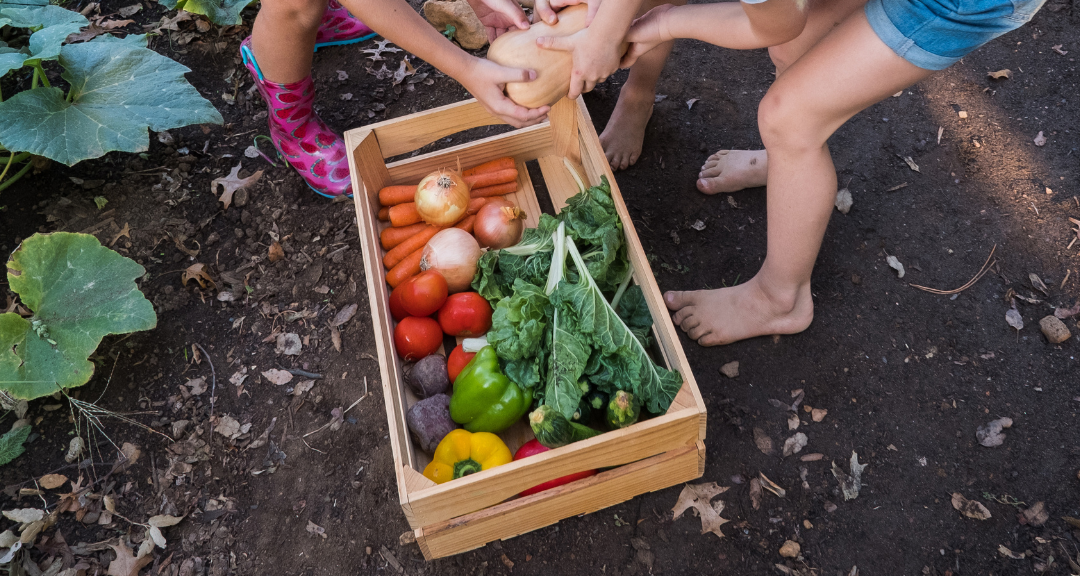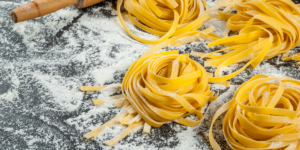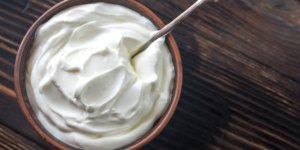Home gardening means cultivating plants in one’s home primarily for personal consumption. Vegetables are the most commonly home-grown foods, followed by fruits. Although home gardening has always been in the picture, since the COVID-19 incident, there has been a steady increase in affinity for this practice, and we are all for it! Here’s why.

Benefits of home gardening
Self-sufficiency
Food scarcity is rarely an issue for those with home gardens. The self-sufficiency home gardening gives is top tier. Whatever you eat is not based on demand or supply but on how much produce you can cultivate from your garden.

Reduced food waste
This is a major societal problem nowadays. But did you know you can reduce the amount of food wasted yearly by growing your own food?
Sometimes, we buy food that we do not need. Those foods go bad and eventually get thrown in the trashcan. Growing your own food means you can leave these fruits or vegetables to grow on their plants until you are certain you need them. There’s no need to take excessive amounts because you can always walk back to your garden if you need more.

Better food quality
Imagine eating foods harvested and cooked at the peak of their freshness. That’s one thing home gardening can do for you. Instead of buying food items that have lost some of their freshness during transportation or while sitting on the supermarket shelf, you can cook with 100% fresh vegetables.
This improves the taste of your meals and makes them more aromatic. It also makes your meal more appealing by giving it a brighter color and better texture. Moreover, using fresh ingredients is beneficial to your health. While the market-bought foods may be bigger and have more color intensity due to genetic modification, people who grow their foods confirm that they taste better than the ones bought at the market.

Food safety
Every now and then, there are rumors of yet another food believed to be synthetically produced or of low quality. When you plant your foods yourself, you are sure of where they are coming from and of the safety of the food you are eating.
Trends in home gardening
One useful trend for people who want to grow their food is to plant in pots. Not every home has enough space for a ground garden. Some others are not designed to allow such things. But this should not stop you from growing your food. Foods like tomatoes, peppers, and okra can be grown in pots, with a stick or pole placed in the pot to serve as support to the plants as they grow.
If you have a flat rooftop, rooftop gardening is also feasible. It is a trend many have hopped on because of its positive environmental impact. Asian countries like China engage in this type of gardening. It doesn’t cater to household needs alone but also helps reduce air pollution and freshen up the air. Plus, it’s a pretty nice way to conserve space, and when properly maintained, it beautifies a house.

Beginner’s guide to home gardening; from planting to storage
To start with your food garden, the first thing to do is choose the right location. The best location for your garden is somewhere with enough sunlight and ventilation. Places close to where you store harmful chemicals or your generator house should be avoided. To prevent problems like erosion, use a level area.
Decide what food you want to grow based on your climate, space, dedication, and expertise. Some of the easiest foods to grow by yourself are tomatoes, bell peppers, cabbages, strawberries, and zucchini.
Prepare your soil by nourishing it. A mixture of compost and fertilizers can help you achieve this. Don’t worry if you see a lot of earthworms in your soil. It just shows how healthy the soil is. You may also check the soil’s acidity to know if it is okay for what you intend to plant.
Different plants have different planting and harvesting seasons. Be sure to check what season is best for planting your desired food. For example, cabbages are best grown in cool weather. Any time between mid-winter and early spring would be ideal for planting this food.
Watering as required and regular de-weeding are two important maintenance activities. These two things must be taken seriously to grow fresh and healthy-looking fruits and vegetables. You can also increase the quality and taste of the food by fertilizing the soil even as the plants are growing.
When your vegetable or fruit is at the peak of its ripeness, harvest it and store it in a cool fridge. A useful tip for storing bell peppers and other vegetables is to wrap them individually with paper towels before storing them in the refrigerator. This keeps moisture out and allows a longer-lasting freshness.











